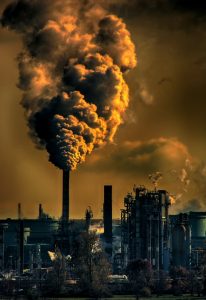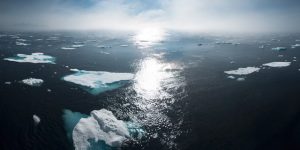Much of the discourse surrounding climate change is centered in the U.S. However, everyone is affected by it whether they like it or not. So, today, we’re going to take a look at one of the other Americas: Latin America.

They are largely overlooked even though climate change has hit them hard. Latin America has seen the effects of deforestation, heat-trapping emissions, and bouts of extreme weather.
Let’s take a look into what these effects are, why they happen, and what we can do next.
Weather
In the span of 13 years (2000-2013), Latin America experienced 613 extreme climate and weather events. Among these were hurricanes, thunderstorms, hailstorms, tornadoes, blizzards, avalanches, tropical storms, and more. These events have resulted in the devastation of land, businesses, and homes. Additionally, it has resulted in the displacement of people, families, and facilities.
On the other side of the coin, researchers predict increased drought conditions in Amazonia, Brazil, Central America, and some parts of other regions. Of course, this creates even more of a concern for the people of Latin America. It also threatens the Amazon rainforest as it could kill many of the flora, and in turn, the fauna.
Water
A large proportion of Latin America’s population lives on the coast, and the sea levels are rising at an alarming rate. In the next 60 years, the ocean could ride anywhere between one and four more feet.
Scientists have documented eroding shorelines, rising water temperatures, and ocean acidification. Shoreline erosion negatively affects sea turtles in their ability to reproduce and nest. On the other hand, rising temperatures cause coral bleaching — affecting coral reefs and the wildlife it sustains.
Ocean acidification is caused by increased CO2 in the water supply. This process affects the coral reefs, but it also affects Latin America’s drinking supply.
Environmental damage directly affects the population within it. It may seem to lead only to small, incremental damage. Eventually, it will catch up with the people living off of said environment, and it’s better to intervene now rather than when it’s too late.

What Now?
Climate change is a daunting topic, but it’s not a topic we can continue to ignore. Our planet is experiencing catastrophic changes across the globe. From fires to floods and to droughts, the Earth needs our help, and it starts with you.
Citizens are taking initiatives to manage deforestation in Latin America. For example, Costa Rica is one region that has made tremendous strides. Not only is 96% of their electricity sourced with renewable energy, but they increased their forest area by 10% in the last 10 years.
Brazil is making progress, too. According to public satellite photos, Brazil reduced the deforestation of the Amazon, and in turn, lowered their heat-trapping emissions. It’s also reported that these emissions were lowered further than any other country in the world.
If organizing isn’t an option for you, there are actions you can take locally, individually, and in your workspace. NSTEM™ has several articles on sustainability to get you started (and several more in the works!). Just click here and here!
Written by Emily Hyser
